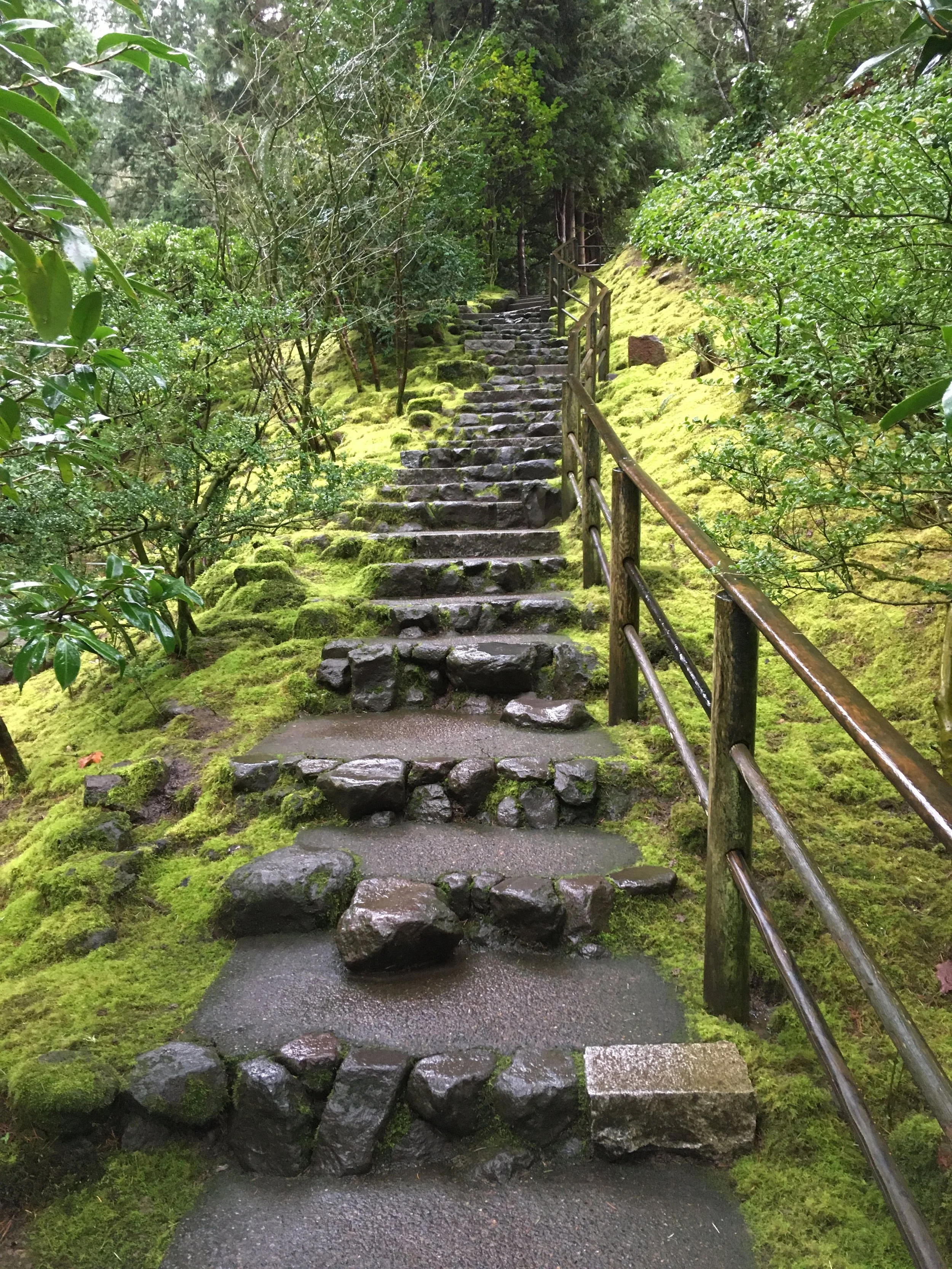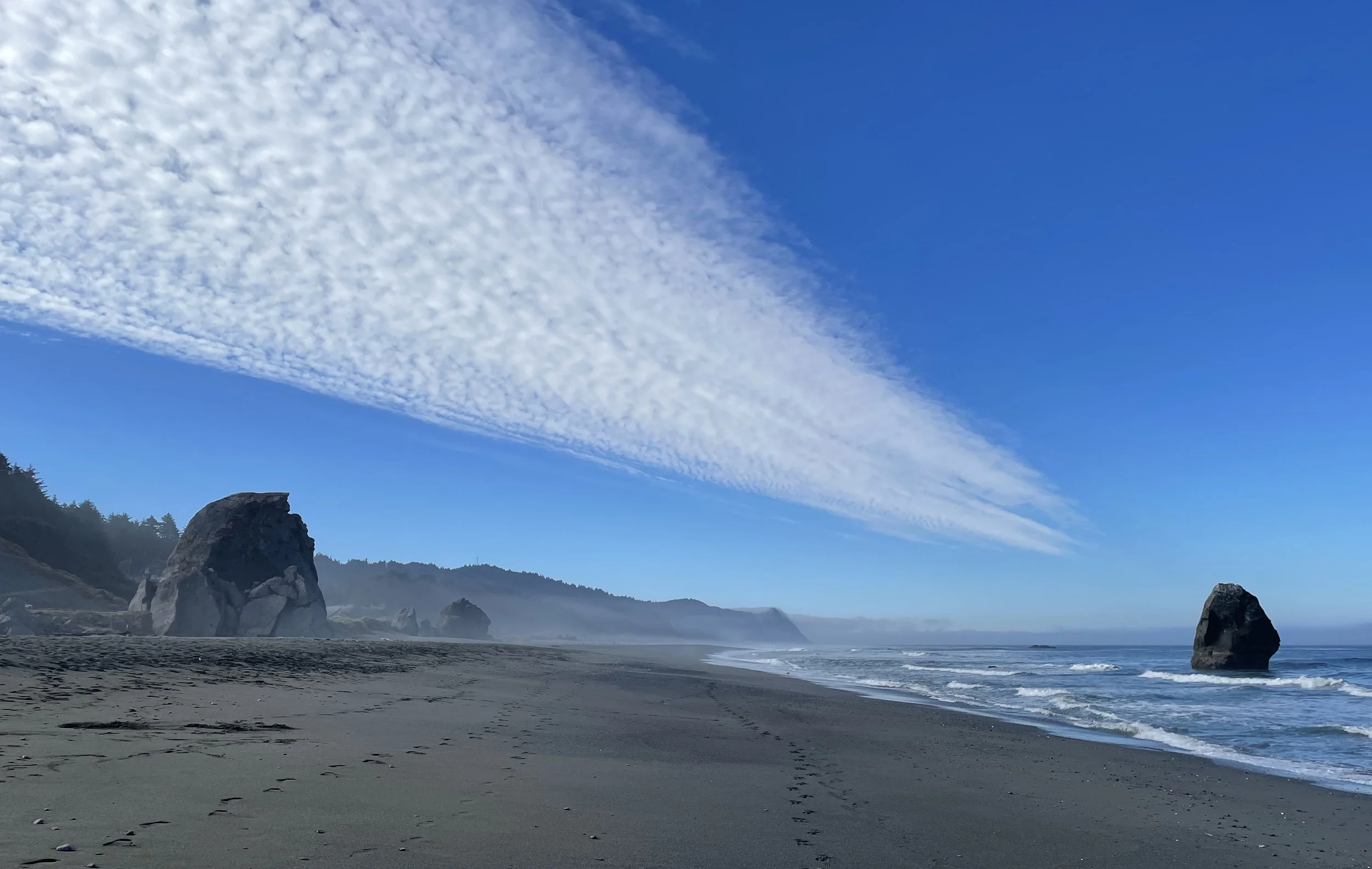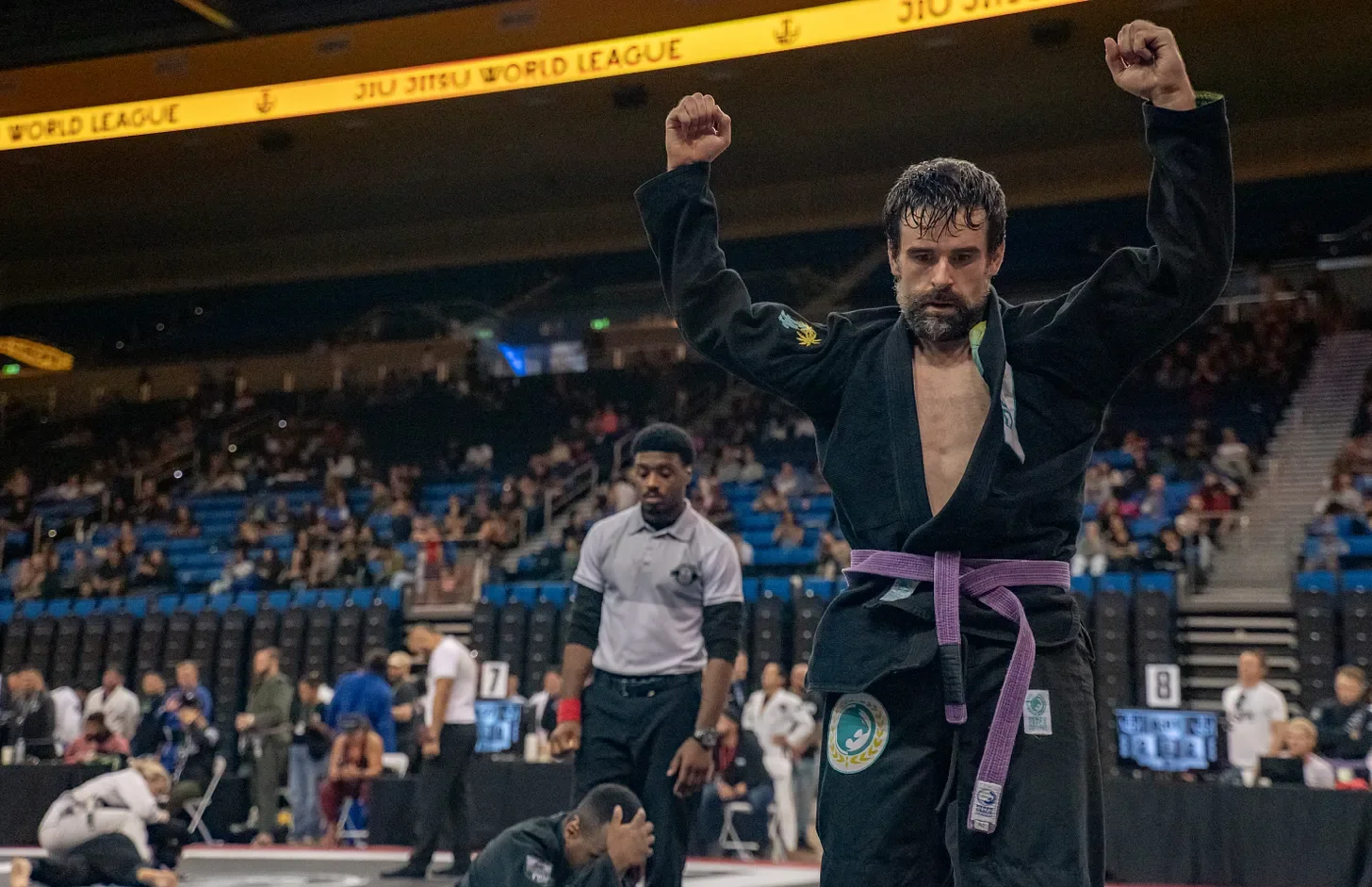"Demand not that things happen as you wish, but wish them to happen as they do, and you will go on well." –Epictetus
Preston Thomas
Jul 27, 2025
I want to go a little deeper on a point from last week: the need to “give up hope,” as Charlotte Joko Beck recommends in Everyday Zen. Here is the original statement: “To do this practice, we have to give up hope.” As I noted previously, that sentence could apply to filmmaking, jiu jitsu, or any hard endeavor. It applies to life overall.
In short, our lives become miserable when we cling to the hope that everything will go as planned. We’ll land the perfect job. Find the perfect partner. Buy the perfect house. Everything will go great if we can just plan our lives meticulously and work our asses off; by the force of willpower, we will make the world line up with our vision.
Nope. Life doesn’t work that way. Nothing goes according to plan. Much of the wisdom handed down to us by the Stoics and the Zen and Taoist masters can be summarized in a few words: Life is as it is. Yes, we may have free will, but that does not mean that we control our lives or the outcomes of our efforts. Everything is impermanent. Nothing can be grasped.
What we do have control over is the effort itself. Shojin, in Japanese Zen parlance, refers to our willingness to apply great concentration and effort here and now in order to stay on the Path. If we can do that, we can break the cycle of inattention. In doing so, we can also liberate ourselves from the cycle of our karma and our bonno. “Karma” is our action and its circle of cause and effect; “bonno” is a broad term in Zen for human problems: issues, afflictions, and/or destructive and disturbing emotions—the psychological baggage that most of us carry through our lives.
Marcus Aurelius, in Meditations, writes: “How does your directing mind employ itself? This is the whole issue. All else, of your own choice or not, is just corpse and smoke.” Taisen Deshimaru—a Zen master in my lineage—says in the book Mushotoku Mind: “[N]othing is absolutely and definitively predetermined. All karma can be corrected once its energy is channeled into streams that are more favorable to the Way.” Echoing the Stoics, Deshimaru goes on: “Right practice of the Way requires a regular, well-ordered, well-considered life and a respect for duty.”
This shojin or effort—in the here and now and in accordance with our duty—is what allows us to tap into jiriki (the power inside of us as individuals). That is what allows us to make it to the end of an exhausting work shift, do one more hard round in jiu jitsu practice, or grab that final shot at the end of a grueling film shoot, when everyone is exhausted and wants to go home.
Life is a marathon and not a sprint, as both Stoic and Zen writers indicate. For instance, consider the years that go into making a creative project or preparing for an athletic competition. No meaningful achievement can be done in haste. We should adhere to the proverb of the Romans: Festina lente, or “Make haste slowly.” Everything emerges from daily effort, which starts here and now—in this moment.
It is not easy to change your lifestyle or your body-mind. Growth and evolution are not pain-free. They require you not only to show up and persevere, but also to concentrate and make a wholehearted effort every day, year after year. Yes, our lives may consist of short-term sprints as we push beyond our limits. Ultimately, however, these short-term sprints serve the longer-term marathon of life.
I know, in my experience as a filmmaker, martial artist, and Zen practitioner, that any sort of transformation or evolution is a very slow burn. Last week, I wrote about the creative process and used the metaphor of campfire embers—a fire continually burning itself out into smoking ashes. The embers have to be reignited constantly.
Sometimes, we have to burn out. We have to reach a breaking point, or at least come close—in work, art, sports, and life. The breaking point might not be a major external catastrophe; it might be internal, and it might be subtle. I like to call it the “fuck it” point. Once we pass that point, we can really thrive. The illusion of hope begins to fade. Our ego—which my Zen teacher, Richard Collins, compares to a sumo wrestler bullying us in our minds—starts to have less control.
We slowly come to let go of the vain notion that we are the masters of life. We finally stop resenting all of the disappointment in our lives and see it for what it is: a great teacher. Joko Beck calls disappointment “our true friend, our unfailing guide.” If we are unlucky enough to get everything that we want (or think that we want), we miss out on the teaching power of disappointment.
In other words, getting what we want all the time causes us to wander through life trapped in the illusion of our ego’s false hopes and ambitions. We will be reaffirmed in pursuing what Jason Wilson calls “shadow missions,” and we will continue accumulating karma and bonno. Baseless ambitions will dominate our lives.
Shadow missions obscure our true mission: life here and now. The work that needs to be done—whether that is teaching, creating, starting a business, or simply taking care of your surroundings and your community. Everyone’s mission looks a little different. However, we all have great jiriki or internal power. An ability to transform our lives and our surroundings. To find that ability, you have to look deeply inside of yourself. No one else can do that for you.
——————————
NOTE: Preston Thomas’s “Zen Jitsu” blog can be found on Substack at the following link:
https://prestonthomas.substack.com/p/give-up-hopeso-you-can-give-full?utm_campaign=email-half-post&r=1091a1&utm_source=substack&utm_medium=email







